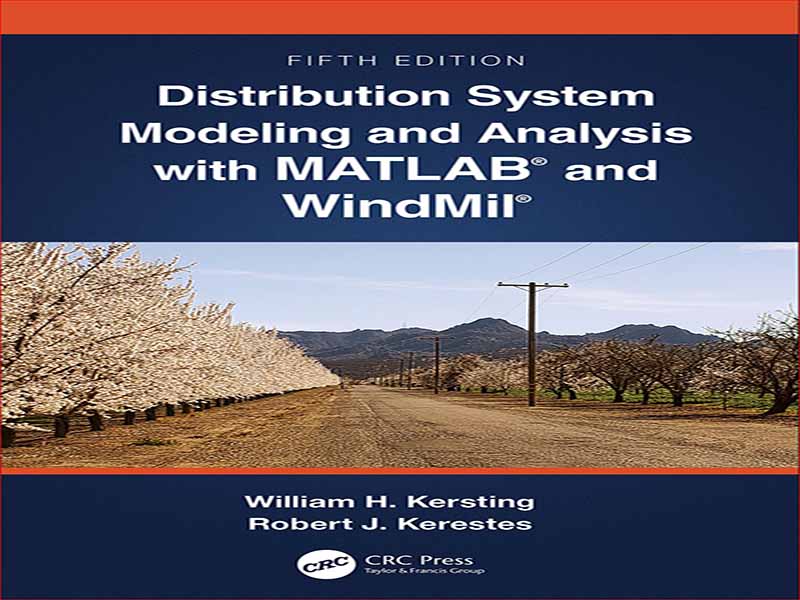ما اکنون در مراحل ابتدایی شبکه هوشمند هستیم و با رواج بیشتر اتوماسیون، سیستم های توزیع هوشمندتر می شوند. این امر به دلیل کنتورهای هوشمند امکان پذیر است که در غیر این صورت به عنوان زیرساخت اندازه گیری پیشرفته شناخته می شود. اداره اطلاعات انرژی ایالات متحده گزارش داد که 102.9 میلیون کنتور هوشمند تا سال 2020 مستقر شده است و 88 درصد از این کنتورهای هوشمند برای مشتریان مسکونی در مدارهای توزیع است [1]. در همان ابتدا، میخواهیم تأکید کنیم که این متن فقط برای توسعه و نشان دادن مدلهای کامپیوتری تمام اجزای فیزیکی یک سیستم توزیع در نظر گرفته شده است. همانطور که متن مدلهای مؤلفه را توسعه میدهد، مشخص میشود که چیزی که «بار» نامیدیم، حلقه ضعیف در تحلیل کلی یک سیستم توزیع است. کنتورهای هوشمند به داده های بسیار بیشتری نسبت به آنچه که به طور سنتی گرفته می شد دسترسی دارند. با این حال، هنوز از ظرفیت کامل خود استفاده نشده است. در حال حاضر، تنها اطلاعات واقعی موجود برای هر مشتری انرژی بر حسب کیلووات ساعت مصرف شده در یک دوره مشخص است.
We are now in the beginning stages of the smart grid, and distribution systems are getting smarter as automation becomes more prevalent. This is possible due to smart meters, otherwise known as advanced metering infrastructure. The US Energy Information Administration reported that 102.9 million smart meters have been deployed by 2020 and that 88% of these smart meters are for residential customers in distribution circuits [1]. At the very start, we want to emphasize that this text is intended to only develop and demonstrate the computer models of all the physical components of a distribution system. As the text develops the component models it will become clear that this thing we called “load” is the weak link in the overall analysis of a distribution system. Smart meters give access to much more data than was traditionally captured; however, they still have not been utilized to their full capacity. At the present time, the only true information available for every customer remains energy in kilowatt-hours consumed during a specified period.
این کتاب را میتوانید بصورت رایگان از لینک زیر دانلود نمایید.
Download: Distribution System Modeling and Analysis with MATLAB and WindMil




































نظرات کاربران